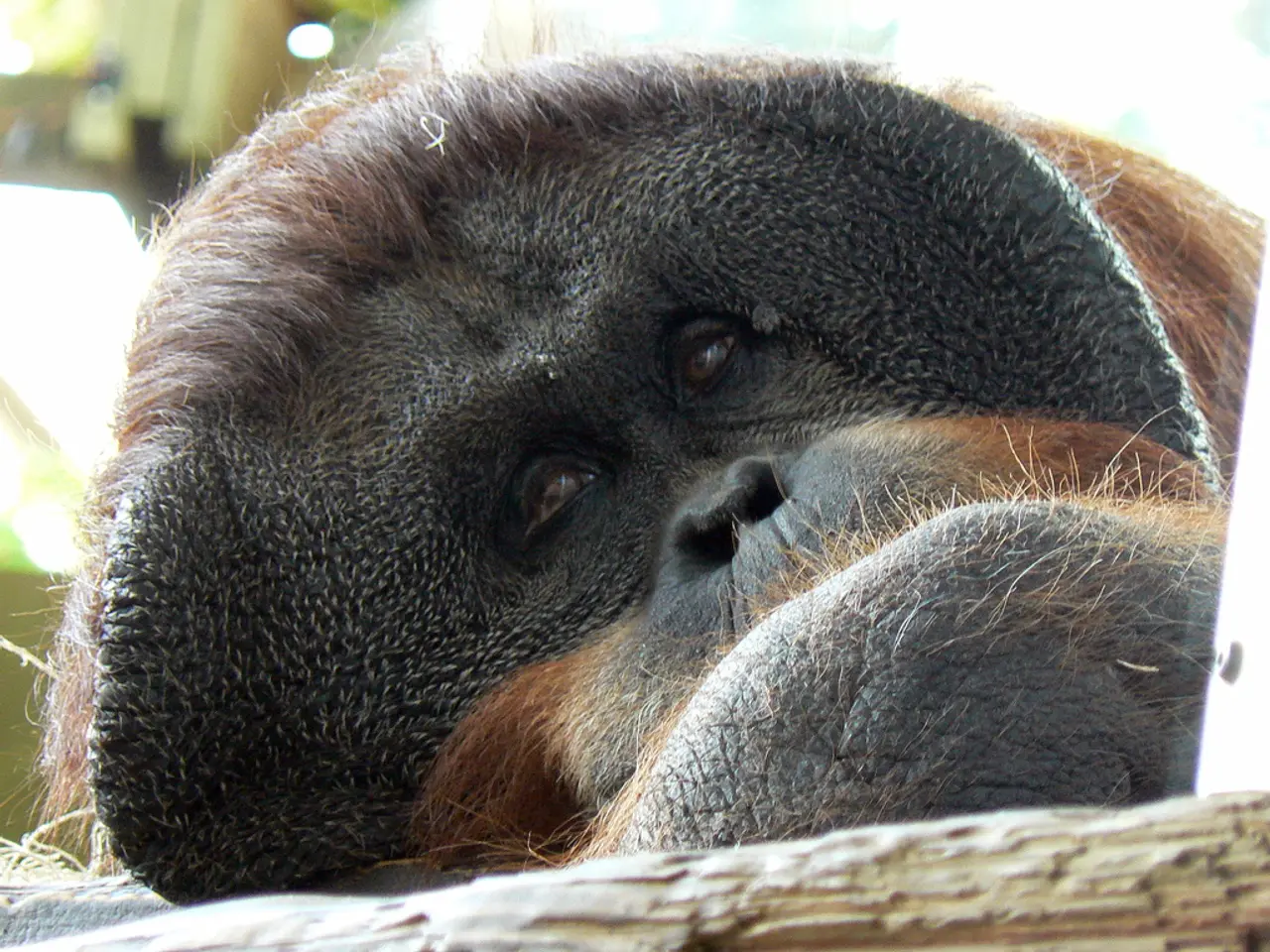The question explores the reasons behind humans being comparatively less strong than other primates.
================================================================================
Humans have long been known for their unique abilities, from complex social structures to the development of tools and culture. But what sets us apart from our primate relatives, particularly in terms of physical strength?
A new understanding of human evolution reveals that our comparative weakness is actually the result of an evolutionary trade-off. Humans have prioritized brain development and cognitive-social abilities over muscle power.
Key points explaining this:
- Muscle composition and evolution: Research suggests that chimpanzees and gorillas possess muscles with a higher proportion of fast-twitch fibers, allowing greater strength and explosive power. Humans, by contrast, have muscles optimized for endurance and fine motor skills rather than maximum strength. This difference stems from divergent evolutionary pressures where apes developed strength for arboreal locomotion and humans evolved for tool use and bipedalism.
- Trade-off with brain size: Human evolutionary history involved a significant increase in brain size, which is metabolically expensive. Evolutionarily, there was a resource allocation trade-off favoring neural development over muscle development, reducing peak muscle strength but increasing cognitive capabilities crucial for survival, such as problem-solving, social cooperation, and cultural transmission.
- Social cooperation and cultural evolution: Humans evolved biological predispositions toward cooperation, morality, and group living, which reduced reliance on individual physical dominance. Instead of individual strength, success came through social bonds, shared knowledge, technological innovation, and institutional development. These traits allowed humans to manipulate environments and solve problems cooperatively, compensating for physical inferiority to other primates.
- Sexual dimorphism and male-male competition: Compared to some early hominin ancestors and certain primates with strong male-male physical competition, modern humans show reduced sexual dimorphism and less emphasis on strength disparity, reflecting shifts in social structure and mating systems. This supports the idea that physical strength became less critical relative to social intelligence and cooperation.
- Evolutionary trade-offs and antagonistic pleiotropy: The concept of antagonistic pleiotropy in evolution explains how beneficial traits may come with costs. In humans, genetic and developmental trade-offs may have maintained cognitive advantages at the cost of physical power.
In sum, the reduced physical strength in humans compared to many primates results from an evolutionary trade-off prioritizing a larger brain and enhanced cognitive-social abilities over muscle power. This trade-off profoundly shaped human development and underlies humanity’s unique ecological success, relying on intelligence, cooperation, and culture rather than brute strength.
However, modern lifestyles have led to a decline in muscle mass and physical fitness in many human populations due to sedentary behaviors, processed diets, and reduced physical activity. Understanding the factors behind human comparative weakness offers valuable insights into human evolution and highlights the trade-offs that have shaped our species' extraordinary success.
References:
[1] Marzke, R. F., & Susman, R. W. (1987). The evolution of human locomotion: a comparative approach. Yearbook of Physical Anthropology, 30, 169-205.
[2] Dunbar, R. I. M. (1993). Coevolution of neocortex size, group size, and language in primates. Journal of Human Evolution, 24(6), 469-518.
[3] Wood, B., & Collard, M. (1999). Sexual dimorphism and human evolution. Annual Review of Anthropology, 28, 273-302.
[4] Rose, S. (1991). Antagonistic pleiotropy: A new perspective on the evolution of senescence. Science, 253(5028), 1155-1161.
[5] Mithen, S. (1996). The Prehistory of the Mind: The Cognitive Origins of Art, Religion, and Science. Thames & Hudson.
- Despite our comparative weakness, humans have showcased dominance in areas beyond physical strength, excelling in diverse fields like technology, science, health-and-wellness, and lifestyle, which have become cornerstones of modern civilization.
- In addition to these, we have developed unique skills in food preparation and culinary arts, allowing for the creation of complex and diverse dishes—an essential part of our social gatherings and cultural expression.
- Another area where humans have thrived is travel, whether it's exploring distant lands, traversing oceans, or journeying to outer space—pushing the boundaries of endurance and enabling global connections.
- Furthermore, our species has shown exceptional prowess in fitness-and-exercise, mixed-martial-arts, sports, and other physical activities, which have become vital components of maintaining overall health and well-being, despite our comparative lack of peak physical strength.




